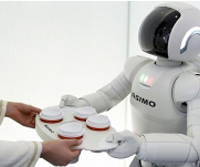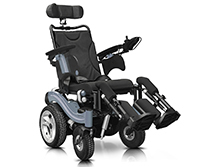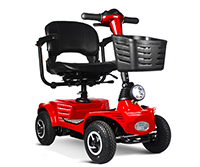"Industrial robots are expected to grow by 6 per cent globally and service robots by 17 per cent in the next few years. Service robot potential huge market, is about to break out. Whether the future service robot initiative can be achieved depends on the original technology and friendly interaction, especially the robot’s IQ and eq. Ren Fuji, a member of the Japanese academy of engineering and the European academy of sciences, said recently at the 2018 international intelligent service robot and special robot summit.
Global service robot market demand is huge
Service robots are growing rapidly in Japan. Mr Ren expects service robots to have the same market size as industrial robots by 2020. The overall robotics industry in Japan is expected to reach 9.7 trillion yen by 2035, with service robots twice the size of industrial robots.
Ren said that human society has experienced hunting society, agricultural society, industrial society, is now in intellectual society, will transition to the unemployed society in the future. Intelligent society is characterized by highly developed artificial intelligence, and many human jobs will be replaced by robots. The important subject of service robot is how to make the robot perceive emotions and interact with human beings.
At present, the field of service robot development is relatively concentrated, and the development of service robot application is far from enough. There are not many real service robot products in circulation in the market, and the market as a whole presents a large but not strong situation, products are seriously homogenized and low-end, and personalized service products are scarce. Truly intelligent service robots are almost zero.
Currently, service robots still lack the original achievements and innovative ideas of core technologies and key technologies, ren said. The future of service robots is towards intelligent and emotional development, and finally achieving human-machine coexistence. It needs to focus on multi-emotional perception and how to make robots understand human emotions and create their own emotions.
China’s pace of innovation cannot meet market demand
According to hao yucheng, secretary-general of the China robot industry alliance, the service robot market in China reached 14 billion yuan in 2016, and the annual sales revenue of service robots is expected to exceed 30 billion yuan in 2020. Up to June 2016, China has more than 3,000 service robot related enterprises, and the service robot industrial chain is characterized by the cross winding of products and technologies. Service robots have entered the field of people’s life from the laboratory and gradually influenced people’s life. Service robot is developing toward home, modularization and intelligentization, and its service function is becoming stronger and stronger.
Despite the rapid development of China’s service robot industry, by contrast, China’s service robot is still in the primary development stage, most products are still in the research and development stage, and few service robots are put into use and achieved industrialization. According to the data, in the past three years, the compound growth rate of global service robot sales was as high as 19%. In 2015, the sales volume reached 5.45 million and the market size reached 8.2 billion us dollars. It is estimated that the market size of service robot whole machine will reach 75 billion us dollars by 2020.
"China has a huge market demand for service robots, especially in the areas of medical rehabilitation and assisting the elderly and the disabled. Most of China’s service robot products lack relevant testing specifications and technical standards, especially in terms of functional safety and information security, which needs to be formulated at a faster pace. "Hao said.
According to hao, some large enterprises have entered the service robot market and promoted the development level of China’s robot industry with clear strategies and standard management. In the future, China’s robot industry development needs to accelerate innovation from the aspects of strategy, concept, technology, talent and so on, speed up the improvement of China’s service robot system intelligence level, and break through the challenges of core technology and underlying technology.
"" ai and robot-related technologies will have an inflection point between 2020 and 2025." " Wang tianmiao, honorary director of the robotics research institute of Beijing university of aeronautics and astronautics and chief scientific and technological advisor of yarui capital and zhenge fund, said.



